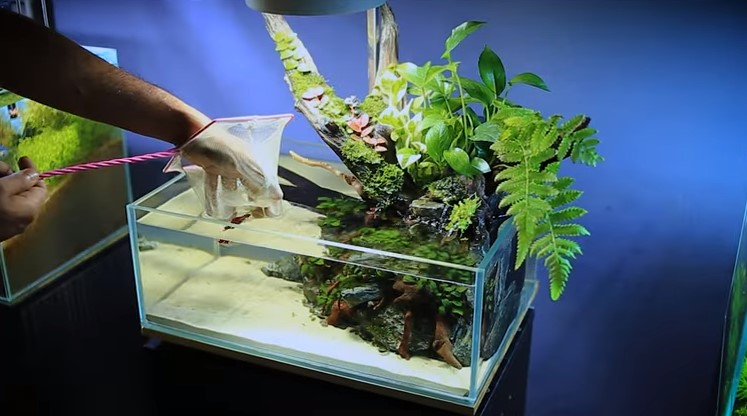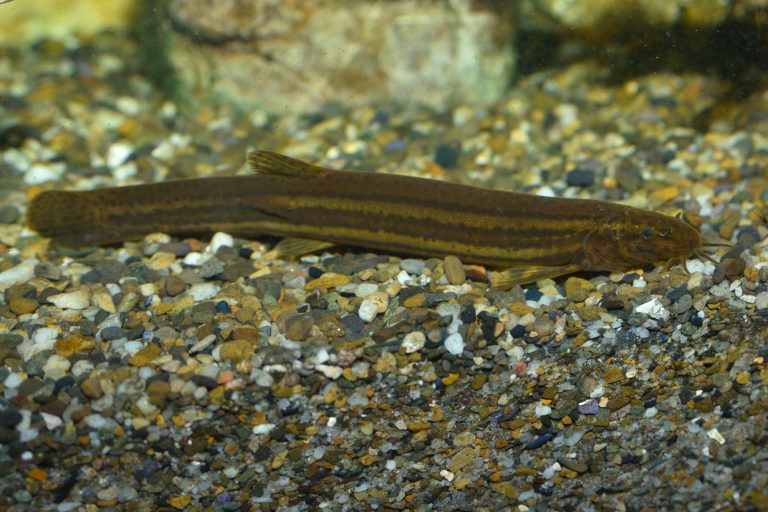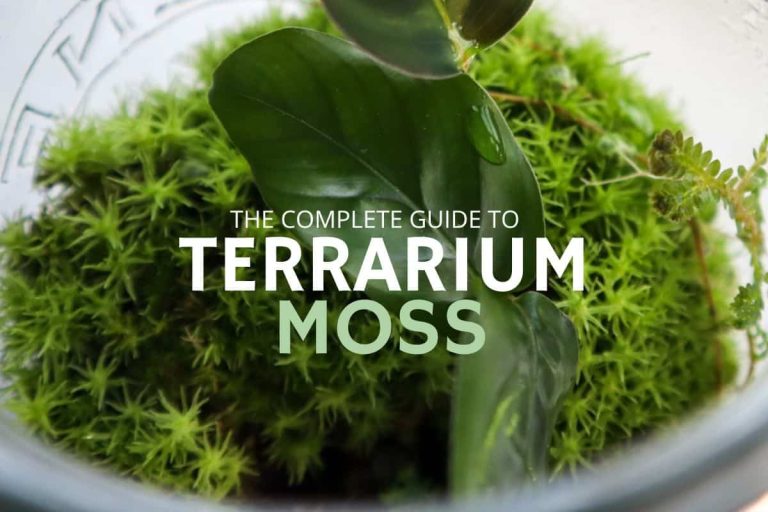Fish Tank Setup Ideas
Are you thinking about setting up a fish tank but struggling to come up with ideas? Look no further! In this article, we will explore some creative and practical fish tank setup ideas that will help you create a beautiful and thriving underwater world for your aquatic pets. Whether you’re a beginner or an experienced fish keeper, these ideas will inspire you and provide the guidance you need to create the perfect fish tank setup.
1. Determine the Purpose of Your Fish Tank
Before diving into the world of fish tank setup ideas, it’s important to determine the purpose of your fish tank. Are you looking to create a peaceful and serene environment, or do you want to showcase a colorful and vibrant display of fish? Understanding the purpose will help you make informed decisions about the size, shape, and design of your fish tank.
2. Choose the Right Size and Shape
When it comes to fish tanks, size does matter. The size and shape of your fish tank will not only affect the aesthetic appeal but also the well-being of your fish. Larger tanks provide more swimming space and better water circulation, reducing the risk of stress and disease among your fish. As a general rule of thumb, aim for a tank that can hold at least 20 gallons of water, but the size ultimately depends on the type and number of fish you plan to keep.

3. Decide on the Type of Fish
The type of fish you choose will greatly influence the setup of your fish tank. Different species have different requirements in terms of water parameters, temperature, and tank mates. Research the characteristics and needs of the fish you plan to keep to ensure they are compatible with each other and the environment you create.
4. Consider the Aquascape Design
Aquascaping is the art of creating visually appealing underwater landscapes. Consider incorporating rocks, driftwood, live plants, and other decorative elements to create a stunning aquascape that mimics the natural habitat of your fish. Plan the layout carefully, creating different levels and hiding spots for your fish to explore and seek refuge.
5. Invest in Quality Filtration and Lighting
Proper filtration and lighting are essential for the well-being of your fish and the overall health of your fish tank. Invest in a high-quality filtration system that can effectively remove waste and toxins from the water. Choose appropriate lighting that promotes healthy plant growth and enhances the colors of your fish.
6. Add Suitable Substrate
The substrate is the material that lines the bottom of your fish tank. Choosing the right substrate is crucial, as it not only serves as a decoration but also affects water chemistry and plant growth. Gravel, sand, and specialized substrates are popular choices. Consider the needs of your fish and plants when selecting the substrate.
7. Introduce Live Plants
Live plants not only add beauty and naturalness to your fish tank but also provide numerous benefits. They oxygenate the water, absorb excess nutrients, provide hiding spots for fish, and reduce algae growth. Choose plants that are suitable for your fish tank setup and ensure you provide the necessary light and nutrients for their growth.
8. Select Suitable Tank Mates
If you plan to keep multiple fish in your tank, it’s important to choose compatible tank mates. Some fish species are territorial or aggressive, while others are peaceful and social. Research the behavior and compatibility of different species to avoid conflicts and ensure a harmonious community.
9. Maintain Proper Water Parameters
Regular maintenance and monitoring of water parameters are essential for the health of your fish and the stability of your fish tank ecosystem. Test the water regularly for temperature, pH, ammonia, nitrite, and nitrate levels. Make adjustments as necessary to maintain optimal conditions for your fish and plants.
10. Create a Balanced Feeding Routine
Feeding your fish a balanced and appropriate diet is crucial for their health and longevity. Research the dietary needs of the fish species you keep and provide a variety of high-quality foods. Feed your fish in small, frequent portions to prevent overfeeding and maintain good water quality.
Frequently Asked Questions
1. How often should I clean my fish tank?
Regular maintenance is necessary to keep your fish tank clean and healthy. Perform partial water changes every 1-2 weeks, clean the substrate, remove debris and algae from the glass, and clean or replace filter media as needed.
2. Can I keep different species of fish together?
Yes, you can keep different species of fish together, but it’s important to choose compatible tank mates. Research the behavior and requirements of different fish species to ensure they can coexist peacefully and thrive in the same environment.
3. How can I prevent algae growth in my fish tank?
Algae growth can be controlled by maintaining proper water parameters, providing appropriate lighting, and avoiding overfeeding. Regularly clean the glass and remove any excess algae manually. Consider adding algae-eating fish or invertebrates to your tank as natural algae control.
Final Thoughts
Setting up a fish tank can be a rewarding and fulfilling experience. By following these fish tank setup ideas and tips, you can create a stunning and thriving aquatic ecosystem that will bring joy and tranquility to your home. Remember to do thorough research on the specific needs of the fish and plants you plan to keep, and never hesitate to seek advice from experienced fish keepers or professionals in the field. Happy fish tank setup!






